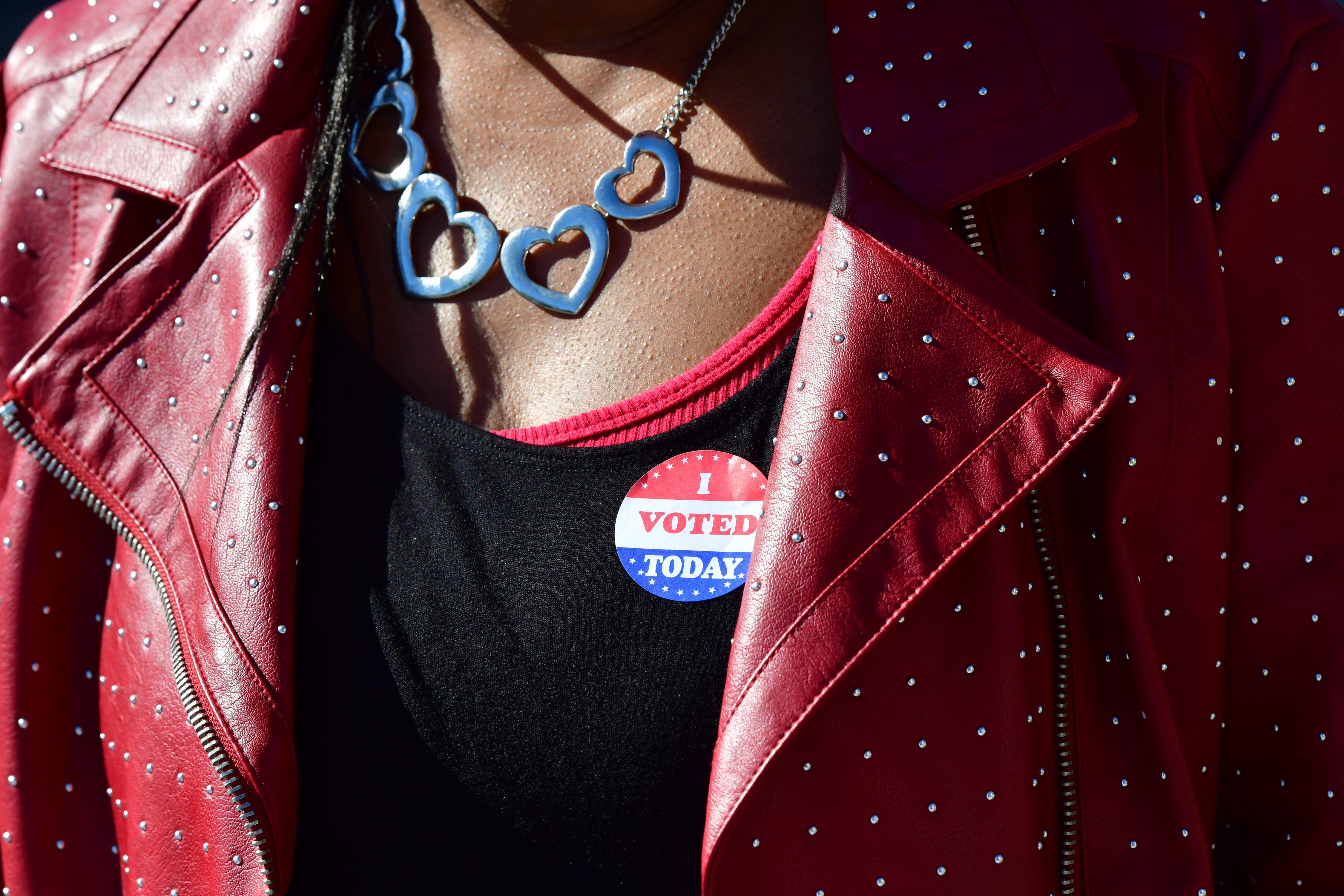
Elections during a pandemic can present challenges for all voters. While the COVID-19 pandemic is an incredibly serious matter, participating in a democracy and fulfilling civic duties by voting is equally as important.
The key is to be organised and to plan your methods effectively. This could mean voting by mail or beating the crowds by showing up early on Nov. 3. However you choose to go about it, exercising your right to cast a ballot will make a huge difference.
“I think voting can be done totally safely and think people should do it,” says Paul Pottinger, a professor specialising in infectious disease at the University of Washington School of Medicine. “No one should be intimidated or frightened.”
The first step is to register in your state, and once that box is checked, it is time to plan. For international students, you won’t be able to vote, but that does not mean you cannot be part of one of the most significant events to take place in the US this year. There is no better time than the days leading up to Nov. 3, 2020 to witness the famed American democracy in action — check out some rallies, speak to a local campaigner and ask the local students what their experience was like. Here are some tips we have gathered to help voting and non-voting university students stay safe and healthy this election:
Check the data before voting
It’s critical to know how rapidly the virus is spreading in your local area before heading to the polls or an event. Your area’s virus status can be found in real-time on several national trackers, such as the one maintained by John Hopkins or the Children’s Hospital of Philadelphia’s PolicyLab.
“If you’re in an area that has really gotten control of COVID-19, and it’s having very little spread in the community, that’s safer than areas that are having ongoing outbreaks in terms of being around people,” said Dr. Marybeth Sexton, an assistant professor of medicine in the division of infectious diseases at Emory University in Atlanta. Be sure to rely on official tallies by trusted officials and institutions for these numbers, avoiding falling victim to mis- or disinformation.

Voting early is an excellent way to cut down your exposure to the virus. Source: Mark Makela/Getty Images/AFP
Vote by mail
This method holds the lowest risk. If possible, vote absentee and request a mail-in ballot if you live in an area where virus transmission is high. Get an application for your voting district at Vote.org, or the US Vote Foundation, fill in a short form and you will receive your application via email, enabling you to vote from home. Just print, sign and send it to the address provided. Just be sure you will have a sufficient amount of time to return your ballot, and if you’re pressed for time, locate your closest in-person drop-off location in advance.
Know your risk
COVID-19 can cause symptoms that also seem like mild seasonal allergies. If you are feeling ill, even if just slightly, you need to stay home and avoid people at all cost. Even more reason to consider voting absentee or at an off-peak time. International students can tune into live events, such as Carnegie Mellon University’s Exploded Ensemble live concert on Twitch.tv.
If you are feeling well and not at high risk for the virus, you may even consider volunteering to be a poll worker. “The more people they have staffing the location, the faster and more orderly the process,” says Dr. Sexton. “Then they may be able to move people through so that people aren’t standing in line for a long period of time.”
Review a sample ballot at home
Come prepared with your candidate choices and ballot questions answers to minimise time spent inside. For samples, visit PhiladelphiaVotes or BallotPedia.

Preparing now to make the community safer before heading to the polls is one of the best things we can do to protect ourselves and our families. Source: Melissa Sue Gerrits/Getty Images/AFP
Be early to avoid crowds
If you are unable to participate via absentee or mail-in voting, vote in person during off-peak periods such as late morning or early afternoons. Stay in touch with your friends who are also voting, and stay updated via social media postings before planning your trip.
Prepare yourself
Essentially you just need to do what you’ve been advised to do since the pandemic began. Be sure to efficiently practise the tips provided to us by health professionals worldwide.
- Keep at least six feet of distance from other people, more if you’re in a poorly ventilated area.
- Wear a face mask at all times.
- Use eye protection if others around you are not vigilantly wearing their masks.
- Avoid touching your mask or face.
- Sanitise and wash your hands before and after entering your state’s polling place.
- Check with poll workers if you are allowed to use your own pen. If not, be sure to sanitise after using the one provided.







